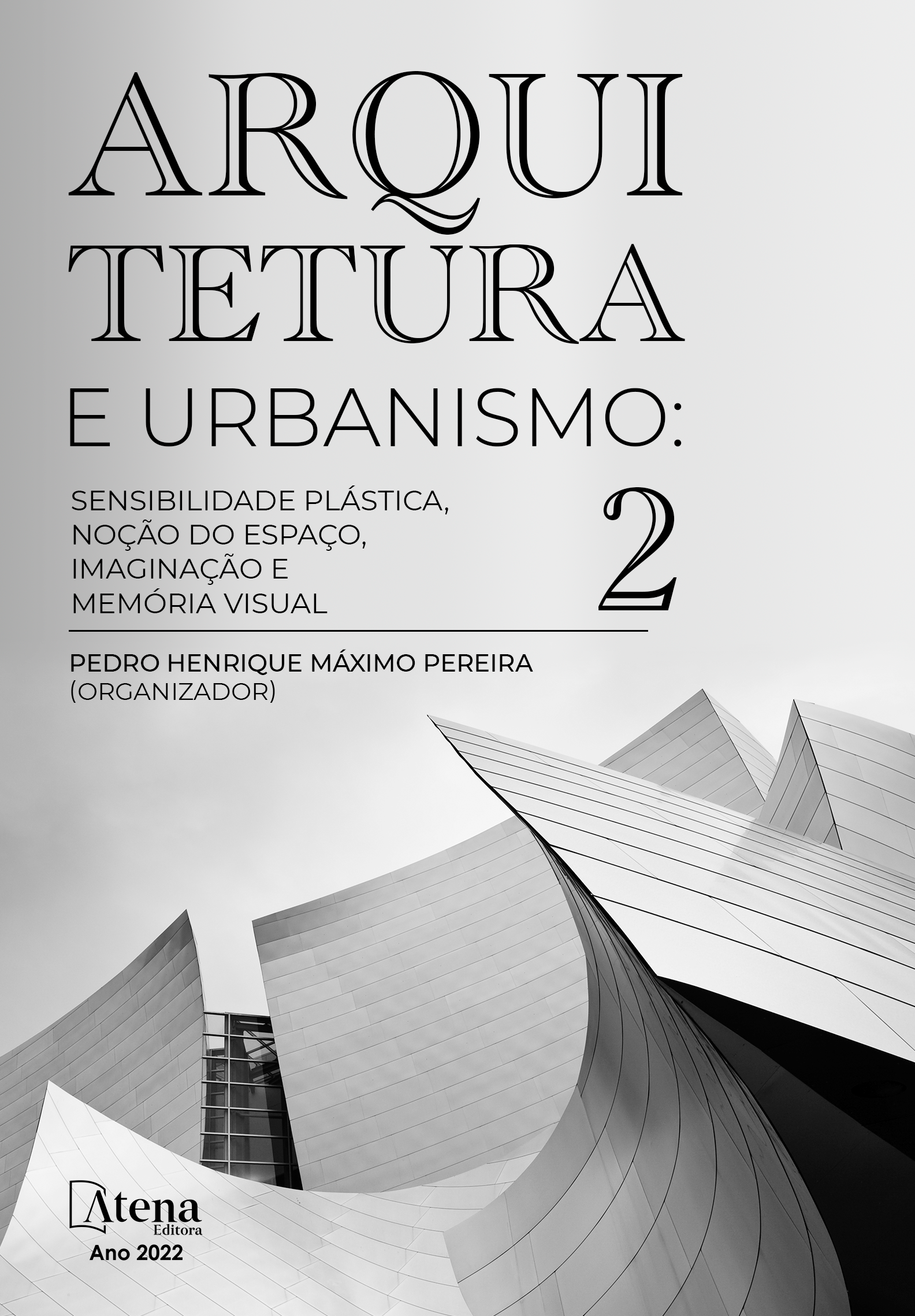
ALVENARIAS VERNÁCULAS: RECUPERAÇÃO E DIFUSÃO DE SISTEMAS CONSTRUTIVOS DE SÃO JOÃO DEL-REI E REGIÃO
Desde os primórdios o ser humano faz uso dos meios naturais à sua volta para suprir as suas necessidades básicas, como alimentação e abrigo. Com o passar dos tempos a relação do homem com os materiais e os objetos sofreu mudanças, o que permitiu a evolução da agricultura e, consequentemente, a sua fixação em territórios, criando demandas por edificações mais resistentes. Durante muito tempo, as construções se restringiam ao emprego de materiais encontrados em determinada região, como pedra, barro e madeira. Posteriormente, as revoluções do Século XIX fomentaram modificações substanciais à sociedade e à economia mundial, assim como a utilização de novos materiais e o modo de se edificar, que transformou a relação do indivíduo construtor com o objeto construído. A partir disso, é possível perceber que o emprego do concreto armado causou o aumento da degradação ambiental, o desequilíbrio na distribuição do conhecimento técnico e a desqualificação dos trabalhadores, bem como a inibição de outros sistemas construtivos. Essa pesquisa propôs o estudo de alguns exemplares construídos na região do município de São João del-Rei. O local conta com um acervo arquitetônico de diversos períodos e técnicas construtivas, que varia desde construções coloniais, a ecléticas, protomodernas e contemporâneas. Portanto, o estudo das técnicas antigas empregadas é de extrema importância na arquitetura vernácula, pois promove o modo construtivo alinhado com a sustentabilidade local, a aproximação do construtor com o objeto construído e resgata modos construtivos inerentes à história.
ALVENARIAS VERNÁCULAS: RECUPERAÇÃO E DIFUSÃO DE SISTEMAS CONSTRUTIVOS DE SÃO JOÃO DEL-REI E REGIÃO
-
DOI: 10.22533/at.ed.68122100211
-
Palavras-chave: Técnicas construtivas; Edificações vernáculas; Concreto armado; Sustentabilidade; Materiais.
-
Keywords: Constructive Techniques. Vernacular Buildings. Reinforced Concrete. Sustainability. Materials.
-
Abstract:
Since the beginning, human beings have used the environment and its natural resources to supply their basic needs, such as food and shelter. Over time, the human relationship with materials and objects has undergone changes, which allowed the agriculture’s development, and consequently, its fixation in territories, creating demands for more resistant buildings. For a long time, the buildings were restricted to using regional materials, as stone, clay and wood. Subsequently, the 19th Century Revolutions fostered substantial changes in society and the world’s economy as well as in the use of new materials and new means of building, which transformed the relationship of humankind with their creation. Based on that, it is possible to understand that the exacerbated use of reinforced concrete has caused the increase in the environmental degradation, the imbalance in the deployment of technical expertise and worker’s disqualification, in addition to the inhibition of other building systems. This research proposes a study of some architecture samples of São João del-Rei’s region, an area that participated in some Brazilian historical events. Hence, there is an architectural collection ranging from colonial, eclectic, protomodern and contemporary constructions. Therefore, the study of these ancient constructive techniques emphasizes the importance of the vernacular architecture so that it promotes a constructive way aligned with local sustainability, the approach of the builder with the built object and rescues the constructive ways inherent in history.
-
Número de páginas: 19
- Alexandre Campos Silva
- Mateus de Carvalho Martins
- Mariana Soares Arcanjo


